- Home
- About WVN
-
WVN Issues
- Vol. 1 No. 1 (Oct. 2017) >
- Vol. 2 No. 1 (Feb. 2018) >
- Vol. 2 No. 2 (Jun. 2018) >
- Vol. 2 No. 3 (Oct. 2018) >
- Vol. 3 No. 1 (Feb. 2019) >
- Vol. 3 No. 2 (Jun. 2019) >
- Vol. 3 No. 3 (Oct. 2019) >
- Vol. 4 No. 1 (Feb. 2020) >
- Vol. 4 No. 2 (Jun. 2020) >
- Vol. 4 No. 3 (Oct. 2020) >
- Vol. 5 No. 1 (Feb. 2021) >
- Vol. 5 No. 2 (Jun. 2021) >
- Vol. 5 No. 3 (Oct. 2021) >
- Vol. 6 No. 1 (Feb. 2022) >
- Vol. 6 No. 2 (Jun. 2022) >
- Vol. 6 No. 3 (Oct. 2022) >
- Vol. 7 No. 1 (Feb. 2023) >
- Vol. 7 No. 2 (Jun. 2023) >
- Vol. 7 No. 3 (Oct. 2023) >
- Vol. 8 No. 1 (Feb. 2024) >
-
Events
- CIES 2023, Feb. 14-22, Washington D.C., USA
- ICES 4th National Conference, Tel Aviv University, Israel, 20 June 2021
- 2022 Virtual Conference of CESHK, 18-19 March 2022
- ISCEST Nigeria 7th Annual International Conference, 30 Nov.-3 Dec. 2020
- 3rd WCCES Symposium (Virtually through Zoom) 25-27 Nov. 2020
- CESA 12th Biennial Conference, Kathmandu, Nepal, 26-28 Sept. 2020
- CESI 10th International Conference, New Delhi, India, 9-11 Dec. 2019
- SOMEC Forum, Mexico City, 13 Nov. 2018
- WCCES Symposium, Geneva, 14-15 Jan. 2019
- 54th EC Meeting, Geneva, Switzerland, 14 Jan. 2019
- XVII World Congress of Comparative Education Societies, Cancún, Mexico, 20-24 May 2019
- ISCEST Nigeria 5th Annual Conference, 3-6 Dec. 2018
- CESI 9th International Conference, Vadodara, India, 14-16 Dec. 2018
- ICES 3rd National Conference, Ben-Gurion University, Israel, 17 Jan. 2019
- WCCES Retreat & EC Meeting, Johannesburg, 20-21 June 2018
- WCCES Symposium, Johannesburg, 21-22 June 2018
- 5th IOCES International Conference, 21-22 June 2018
- International Research Symposium, Sonepat, India, 11-12 Dec. 2017
- WCCES Info Session & Launch of Online Course on Practicing Nonviolence at CIES, 29 March 2018
- WCCES Leadership Meeting at CIES, 28 March 2018
- 52nd EC Meeting of WCCES, France, 10-11 Oct. 2017
- UIA Round Table Asia Pacific, Chiang Mai, Thailand, 21-22 Sept. 2017
- Online Courses
Tagore's Legacy for Inclusive Education, Ecological Awareness & Intercultural Understanding2/6/2018 The Legacy & Contemporary Times Rabindranath Tagore was an ‘organic intellectual’ (Gramsci 1971), whose thoughts and work still intrigues many because of his unique ability to find synthesis between supposedly contradictory ideas. Though he is more well-known as a mystical poet, he spent much of his life-time, energy and material resources to build a school and a University for rural reconstruction, environmental sustainability, as well as international intercultural understanding. Though he was a ‘rooted-cosmopolitan’ (see. Appiah 2007), songs written by him are now National Anthems of 3 South Asian countries- India, Bangladesh and SriLanka. Though he was not a revolutionary freedom fighter; his writings on Freedom and his pedagogic work inspired contemporary non-violent freedom fighter, Gandhi, as well as revolutionary freedom fighters, exemplified by the establishment of "Amar Kutir" (http://amarkutir.com/default.aspx) near Shantiniketan by Sushen Mukherjee. Statue of Rabindranath Tagore near Shantiniketan, West Bengal, India Though he was a school drop-out, he went around the world doing his own research to "decolonize pedagogy" and "decolonize educational institutions" by setting up his own co-educational “Patha Bhaban” school and Visva Bharati University, an international University which pioneered Community-University engagement during British colonial times. These were radical kind of work during those times when genders were more strictly segregated and educational institutions imparted static knowledge. But, what does this legacy mean for India, South Asia and the world in contemporary times? What can a school drop-out Nobel Laureate poet, painter, philosopher and education reformer teach us about inclusive education, ecological awareness and intercultural understanding at this historic juncture? These are very important questions for all of us to ask in our contemporary times of ‘Global Capitalism’, as William I. Robinson (2004) would characterise and the ‘Age of Sustainable Development’, as Jeffrey Sachs (2015) would urge to emphasize. We are living in an increasingly unequal and unsustainable world. However, as climate scientists are constantly warning us about the impending doom within the next half a century, if carbon emission and global warming continues unabated; we hear the President of the richest and one of the most powerful nation-state on earth deny climate change! As the scholars and intellectuals seek to re-discover indigenous knowledge and wisdom for more sustainable living and conservation of nature, we observe leaders around the world (both east and west) engaged in ruthless competition and promotion of neoliberal development and creation of unsustainable ‘smart cities’ and ‘global cities’ (Roy & Ong 2011, Sassen 1991). As the global elites become more and more excited about the fourth industrial revolution blurring the lines between the physical, digital, and biological spheres with the breakthroughs in fields such as artificial intelligence, robotics, the Internet of Things, autonomous vehicles, 3-D printing, nanotechnology, biotechnology, materials science, energy storage, and quantum computing; many regions and many people in this world are yet to experience the benefits of the first, second and third industrial revolution. There are still indigenous reservations in the United States of America without clean running water necessitating the work of philanthropic NGOs[1]. Similarly, there are still schools without proper infrastructure, without toilets, without trained teachers and, children suffer from nutritional deficiencies in the postcolonial economically developing BRICS nation, India, with little consideration about these issues in the national budget.[2] Inequality of access to basic facilities and gross human rights abuses are, therefore, a global phenomenon today. As we observe these gross inequalities, we can only wonder if human society actually progressed much since medieval times. Often we find a strong divide in the public sphere among leaders, who seek technological solutions to all social and environmental problems vis-à-vis those who seek educational and welfare-based solutions. In a context like this, it is worthwhile to reconsider Tagore’s vision for a more inclusive society and sustainable development during British colonial times through inclusive education, ecological awareness and intercultural understanding. Unlike, the revolutionary freedom fighters, Tagore sought freedom from ignorance and freedom of the mind to seek, to find and to apply knowledge for the betterment of humanity and the world at large. As Dasgupta, (2013) argues, In fact, Tagore had built his school and University as a reaction against the colonial “factory-model” of schools, which were the outcome of the first industrial revolution in Europe and its transfer to the former colonies, such as India. His school and University in the rural setting of Shantiniketan and Sriniketan with a mission for rural re-construction and conservation of nature was also a reaction against the rapacious colonial capitalist exploitation of nature and its resources during colonial times. As Mukherjee (2011) quotes Tagore (1928) from his essay “Samabayaniti/The Co-operative Principles”: Today, economic power has been captured by a small minority. But it has acquired this power only by accumulating the productive power of others. Their capital is simply the accumulated labor of a millions of working people, in a monetized form. It is this productive power that is the real capital, and it is this power that latently resides in every worker ... Contemporary Crisis Today in the age of global capitalism and sustainable development, the above lines written by Tagore during British colonial times appear very relevant once again. In fact, compared to the times when Tagore wrote the above lines, the capitalist centres have now multiplied around the world. Hence, it is even more pressing to take head of what this organic intellectual was urging us to think and consider during those colonial capitalist times and reflect on its significance for contemporary times, since there is large body of evidence to show that “business as usual” (Sachs 2015) is killing planet Earth, our collective home. Moreover, though the east and west have mixed and mingled over centuries now, there still appears grave misunderstandings about the cultural “others”. During a recent trip to Tagore’s Shantiniketan, it became even more apparent the urgent need to revisit Tagore’s legacy for inclusive education, ecological awareness and intercultural understanding in his very own Shantiniketan! As I walked down the historic Kopai river enjoying the beauty of the adjacent mustard fields, my senses were suddenly rocked by the plastic bags, plates and cups littered along the nearby field. I observed groups of young college boys and girls wearing urban clothes organizing picnic at that spot with loud-speaker blasting latest Bollywood tunes and some of them were also dancing to the tune of music. The local gentleman accompanying me informed that, this is the menace of “western” culture and corruption of society. All these young college boys and girls come from the city to do picnic at that spot during winter and pollute the local environment. It is a real menace and because these urban college youths have the support of a local political party, they cannot do anything to stop them. Later when I discussed the matter with a few old faculty members within the University, they also harboured similar sentiments and informed me that they were seeking to work with local District Magistrate to make the entire area a Heritage Eco Park with restricted access. But, what about education of these youth population? India is one of the youngest nations on earth now. Who will educate these young people beyond local party politics about the most pressing ethical and political issues of our contemporary times? As Jahanbegloo (2017) would urge, who would educate them about the need to return to Gandhi and Tagore’s legacy within the contemporary Indian context? Converting the space used by urban college youths as picnic spot might help facilitate historic conservation of a space that was integral to Tagore’s thinking about environment, education reform and his poetic imagination. But, what about environmental and social consciousness of these youth population and education reform in contemporary times? What kind of education are these young people getting in their colleges and what kind of education they got in their schools? What about postcolonial cultural misunderstanding that labels a local youth “sub-culture”, as influence of “western” culture? Will it be possible to do something to make the entire place an open-air sanctuary to educate urban school and college students about Tagore’s thinking on environment, society and global consciousness? Revisiting Tagore’s Legacy Tagore’s vision for education and society was that of diversity and inclusion. Even in the middle of growing racial tension, religious hatred and nationalist sentiments during British colonial times, he worked for the spiritual meeting of the east and the west through education. Isn’t it time for us to begin seriously educating the contemporary youth of the east and the west about his ideas and work? These questions kept bothering me as I returned from my last visit to Shantiniketan and these questions now urged me to write this essay to share them with the world. It is about time, we seriously revisit and critically engage with the writings and thinking of this school drop-out organic intellectual, who dedicated his life about a century ago for inclusive education, ecological awareness and intercultural understanding: Hereafter my life and all that I have- which is only a little- is to be devoted to establishing first in India, and then elsewhere, if possible a university in which the better minds of all races, to whom we most look for leadership may mingle, and the culture of the east and the culture of the West may be united in fellowship. It is [people] of the world mind that we need, [people] of spirit, that we need to see we are all citizens in the Kingdom of Ideas. The above vision for local and global inclusivity to foster intercultural understanding and sustainable development directed Tagore’s entire pedagogic project at the Viswa Bharati University in Shantiniketan and Sriniketan and, also his Patha Bhawan school. In his essay “A Poet’s School” (1926) Tagore wrote: The minds of the children today are almost deliberately made incapable of understanding other people with different languages and customs. The result is that, later, they hurt one another out of ignorance and suffer from the worst form of the blindness of the age....I have tried to save our children from such aberrations, and here the help of friends from the West, with their sympathetic hearts, has been of the greatest service. Since 1892 Tagore wrote a series of essays in Bengali on education. Even before he began building his school and university, Tagore wrote several essays on his philosophy of education inspired by his own experience of exclusion within the colonial Indian schooling system. In his first essay, “Shikshar Herfer” (Topsy-turvy education, 1892), Tagore comparatively reflected on English education in UK vis-à-vis English education in India. While he was not against learning English and other languages and literature for intercultural education; he highlighted the problems of English curriculum and pedagogy within the colonial Indian context. The major problems he highlighted in this essay was that, unlike the schools in England, both the language and the content of education was completely disconnected from the life of Bengali children during colonial India. Moreover, the teachers were themselves not educated well either in English or their mother language, Bengali. Hence, it encouraged rote-memorizing rules of grammar and sentence structure more than critical thinking and understanding. There was also no element of joy in the learning process, as the goal was to pass the test to land a colonial government job. Tagore, therefore, laid the foundation of his own philosophy of education based on his own experiences of exclusion as a highly creative and gifted child oppressed within these assembly-line schools that worked like a factory to reproduce certain kind of citizens for colonial government jobs. Tagore (1917) wrote in his essay “My School”: The highest education is that which does not merely give us information but makes our life in harmony with all existence. But we find that this education of sympathy is not only systematically ignored in schools, but it is severely repressed.... we are made to lose our world to find a bagful of information instead. We rob the child of his earth to teach him geography, of language to teach him grammar. His hunger is for the Epic, but he is supplied with chronicles of facts and dates. He was born in the human world, but is banished into the world of living gramophones, to expiate for the original sin of being born in ignorance. Child-nature protests against such calamity with all its power of suffering, subdued at last into silence by punishment. The above quote reveals his deep understanding of child psychology and experiences of exclusion and fear as a child in school. The following quote from a talk delivered by Tagore to teachers in his school, further reveals his deep understanding of child psychology and how fearful Tagore’s own experience was at schools as a child. The child’s life is subjected to the education factory, lifeless, colourless, dissociated from the context of the universe, within bare white walls staring like eyeballs of the dead. 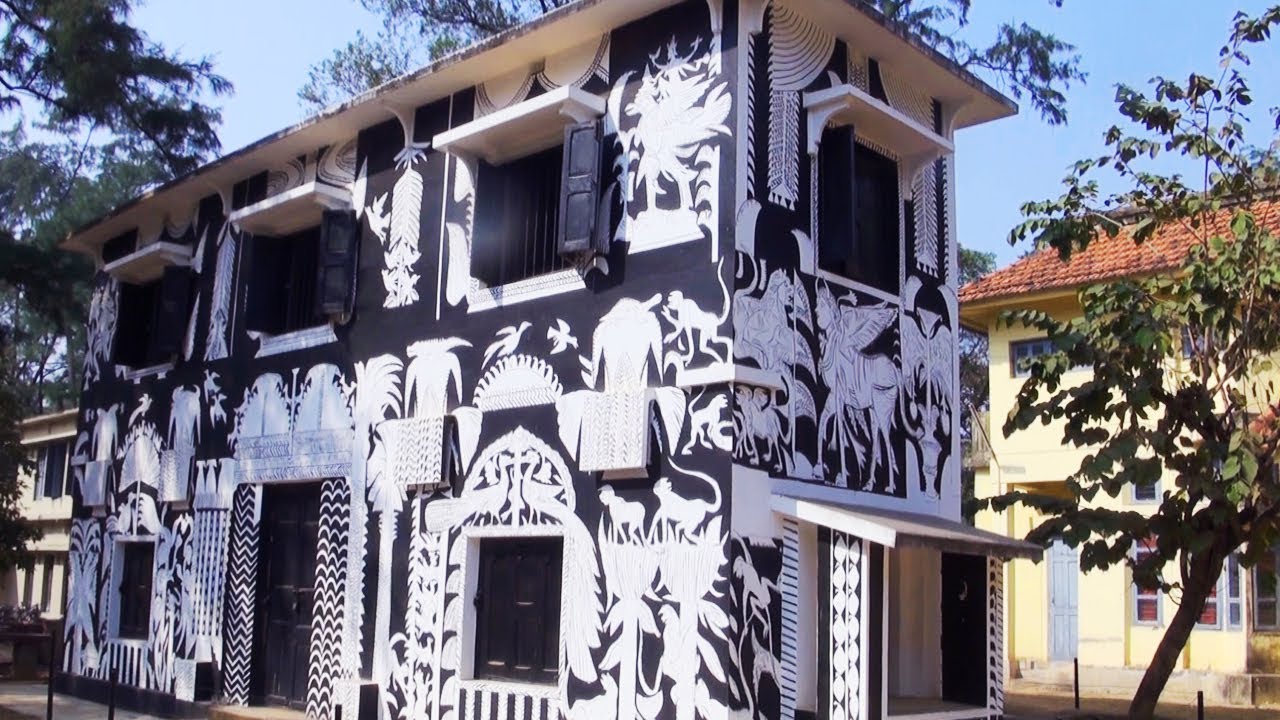 Tagore argued that learning should be a joyous experience of mental and physical freedom for the child and learning should be connected to the child’s social and cultural environment. He also argued for a multilevel curriculum and well-trained teachers to stimulate critical thinking and creative imagination. Tagore himself did not experience these elements of joyous learning during his school days as a child. Hence, in one of his essays, Tagore wrote, “I know what it was to which this school owes its origin. It was not any new theory of education, but the memory of my school day" (Tagore 1917).
Now it is a well-known fact that, the first Nobel Laureate from Asia, Bengal’s “Kabi Guru” (Poet-Teacher), India’s “Guru Dev” (Teacher-God) and the famous author of the National Anthem of 3 South Asian countries (including India) was a school drop-out. In fact, as revealed painfully in some of his essays, Tagore was a real embarrassment as a child for his highly erudite and aristocratic family. Hence, while writing his essays on education, Tagore also gave vivid descriptions about his schooling experiences of exclusion drawing on his childhood memory. As I have already analysed above, these essays reveal a deep understanding of child psychology and how the existing nineteenth century colonial “factory-model” of schools lead to the exclusion of even a very gifted child, like Rabindranath Tagore. He even wrote a satirical story for children- “The Parrot’s Training”[3] to critique the existing system of education. We can only imagine the experiences of exclusion that children with different learning abilities and diverse backgrounds have been facing in the mainstream “factory-model” of schools, that operate even today. Despite the United Nation’s mandate of Education for All (EFA) and the Millennium Development Goals (MDGs) over the past several decades, universal quality education is still a far cry in most countries around the world. School drop-out, communal and racial disharmony, gross inequality and rising sentiments of parochial nationalism is engulfing us, just as our mother planet Earth is dying. The vivid signs of our dying planet is everywhere, whether the powerful political leaders of this world agree with the climate scientists or not. Hence, it is even more important for us to read, understand and re-discover the wisdom embedded in the writings and life’s work of indigenous organic intellectuals, such as Tagore around the world. Engaging with their legacy will empower us to do our own work at the grassroots level with better psychological, sociological and ecological awareness for inclusive education and intercultural understanding for sustainable development. References: Appiah, K.A. (2007). The Ethics of Identity. New Jersey: Princeton University Press Dasgupta, U. (2009). Tagore: Selected Writings on Education and Nationalism/ edited by Uma Dasgupta. New Delhi: Oxford University Press. Dasgupta, U. (2013). Rabindranath’s Experiments with Education, Community and Nation at his Shantiniketan Institutions in Sanjukta Dasgupta & Chinmoy Guha [Eds.] Tagore- At Home in the World. Los Angeles, London, New Delhi, Singapore, Washington DC: Sage. Gramsci, A. (1971). Selections from the Prison Notebooks. London: Lawrence and Wishart. Jahanbegloo, R. (2017). The Decline of Civilization: Why We Need to Return to Gandhi and Tagore. New Delhi: Aleph Book Company Mukherjee, A. (2011). On International Day of Cooperatives: Tagore and the Idea of Cooperation. Retrieved online: https://www.commondreams.org/views/2011/07/02/international-day-cooperatives-tagore-and-idea-cooperation Robinson, W.I. (2004). A Theory of Global Capitalism. Baltimore: Johns Hopkins University Press Roy, A. & Ong, A. (2011). (Eds.). Worlding Cities: Asian Experiments and the Art of Being Global. West Sussex: Wiley-Blackwell Sachs, J. (2015). The Age of Sustainable Development. New York: Columbia University Press Sassen, S. (2005). The Global City: New York, London, Tokyo. New Jersey: Princeton University Press Tagore, R. (1892). “Shikshar Herfer” (Topsy-turvy Education), in Uma Dasgupta (Ed.). Tagore: Selected Writings on Education and Nationalism. New Delhi: Oxford University Press Tagore, R. (1917). My School, Personality. London: MacMillan [1] See: https://digdeep.org/ [2] See: https://www.newslaundry.com/2017/11/08/childhoodmatters-episode-3-demonetisation-hurt-anganwadis-say-panelists [3] “ONCE UPON A time there was a bird. It was ignorant... according to the pundits, the first thing necessary for this bird's education was a suitable cage... he said: 'Text-books can never be too many for our purpose!'... With text-book in one hand and baton in the other, the pundits gave the poor bird what may fitly be called lessons!... The bird died....” See more: http://tagoreweb.in/Render/ShowContent.aspx?ct=Stories&bi=4A57AB73-A4A0-40D5-551D-9502E9CD11FD&ti=4A57AB73-A4A0-4FB5-251D-9502E9CD11FD
3 Comments
Dr. Debabrata Saha
4/29/2018 06:12:54 am
Well written...most important thoughts for education and sustainable development...
Reply
Dr Mousumi Mukherjee
7/19/2018 01:11:19 am
Thank you for sharing your thoughts on the piece!
Reply
Professor Swapan K Sarkar
2/21/2019 11:20:18 pm
DR MUKHERJEE, it is really a well written document. You have covered all the essentials. Kindly share if you have contributed further. With regards.
Reply
Leave a Reply. |
AuthorDr. Mousumi Mukherjee ArchivesCategories Gramophone image attribution: By Norman Bruderhofer (Collection of John Lampert-Hopkins) [CC BY-SA 2.5 (https://creativecommons.org/licenses/by-sa/2.5)], via Wikimedia Commons |
- Home
- About WVN
-
WVN Issues
- Vol. 1 No. 1 (Oct. 2017) >
- Vol. 2 No. 1 (Feb. 2018) >
- Vol. 2 No. 2 (Jun. 2018) >
- Vol. 2 No. 3 (Oct. 2018) >
- Vol. 3 No. 1 (Feb. 2019) >
- Vol. 3 No. 2 (Jun. 2019) >
- Vol. 3 No. 3 (Oct. 2019) >
- Vol. 4 No. 1 (Feb. 2020) >
- Vol. 4 No. 2 (Jun. 2020) >
- Vol. 4 No. 3 (Oct. 2020) >
- Vol. 5 No. 1 (Feb. 2021) >
- Vol. 5 No. 2 (Jun. 2021) >
- Vol. 5 No. 3 (Oct. 2021) >
- Vol. 6 No. 1 (Feb. 2022) >
- Vol. 6 No. 2 (Jun. 2022) >
- Vol. 6 No. 3 (Oct. 2022) >
- Vol. 7 No. 1 (Feb. 2023) >
- Vol. 7 No. 2 (Jun. 2023) >
- Vol. 7 No. 3 (Oct. 2023) >
- Vol. 8 No. 1 (Feb. 2024) >
-
Events
- CIES 2023, Feb. 14-22, Washington D.C., USA
- ICES 4th National Conference, Tel Aviv University, Israel, 20 June 2021
- 2022 Virtual Conference of CESHK, 18-19 March 2022
- ISCEST Nigeria 7th Annual International Conference, 30 Nov.-3 Dec. 2020
- 3rd WCCES Symposium (Virtually through Zoom) 25-27 Nov. 2020
- CESA 12th Biennial Conference, Kathmandu, Nepal, 26-28 Sept. 2020
- CESI 10th International Conference, New Delhi, India, 9-11 Dec. 2019
- SOMEC Forum, Mexico City, 13 Nov. 2018
- WCCES Symposium, Geneva, 14-15 Jan. 2019
- 54th EC Meeting, Geneva, Switzerland, 14 Jan. 2019
- XVII World Congress of Comparative Education Societies, Cancún, Mexico, 20-24 May 2019
- ISCEST Nigeria 5th Annual Conference, 3-6 Dec. 2018
- CESI 9th International Conference, Vadodara, India, 14-16 Dec. 2018
- ICES 3rd National Conference, Ben-Gurion University, Israel, 17 Jan. 2019
- WCCES Retreat & EC Meeting, Johannesburg, 20-21 June 2018
- WCCES Symposium, Johannesburg, 21-22 June 2018
- 5th IOCES International Conference, 21-22 June 2018
- International Research Symposium, Sonepat, India, 11-12 Dec. 2017
- WCCES Info Session & Launch of Online Course on Practicing Nonviolence at CIES, 29 March 2018
- WCCES Leadership Meeting at CIES, 28 March 2018
- 52nd EC Meeting of WCCES, France, 10-11 Oct. 2017
- UIA Round Table Asia Pacific, Chiang Mai, Thailand, 21-22 Sept. 2017
- Online Courses

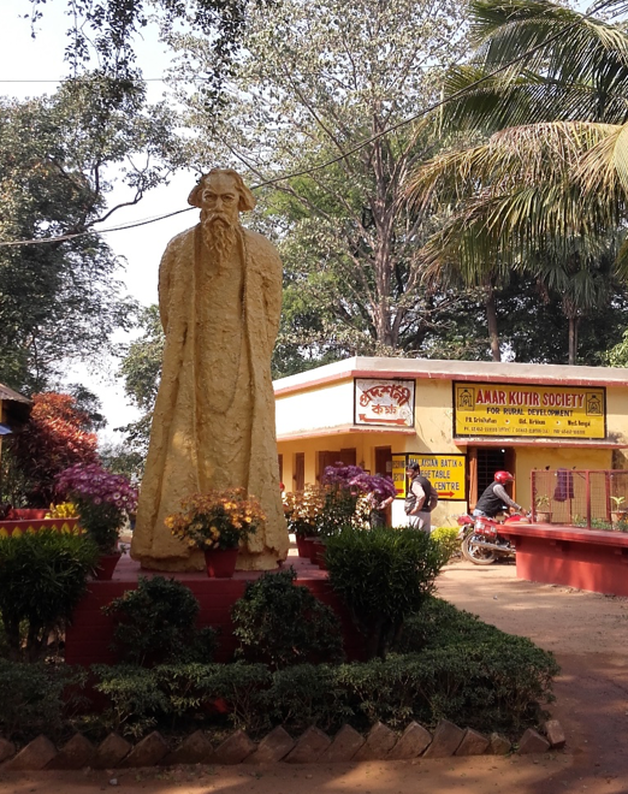
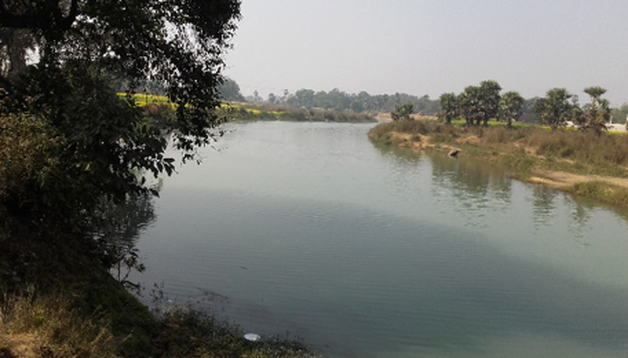
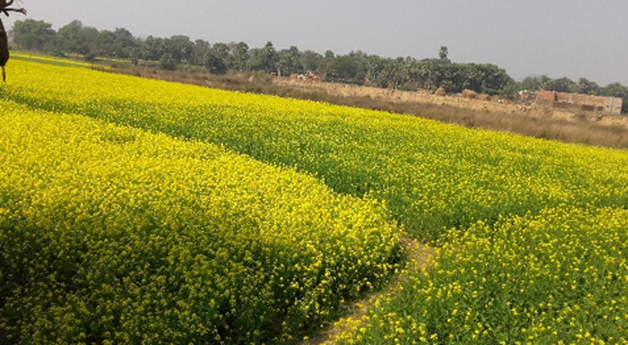
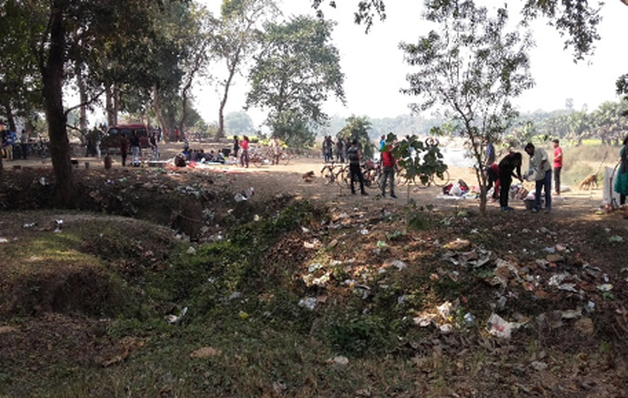
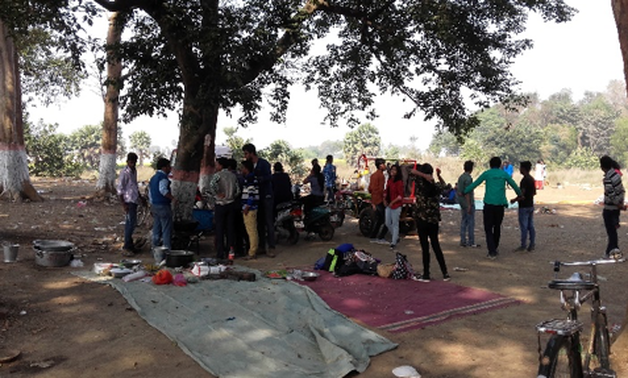
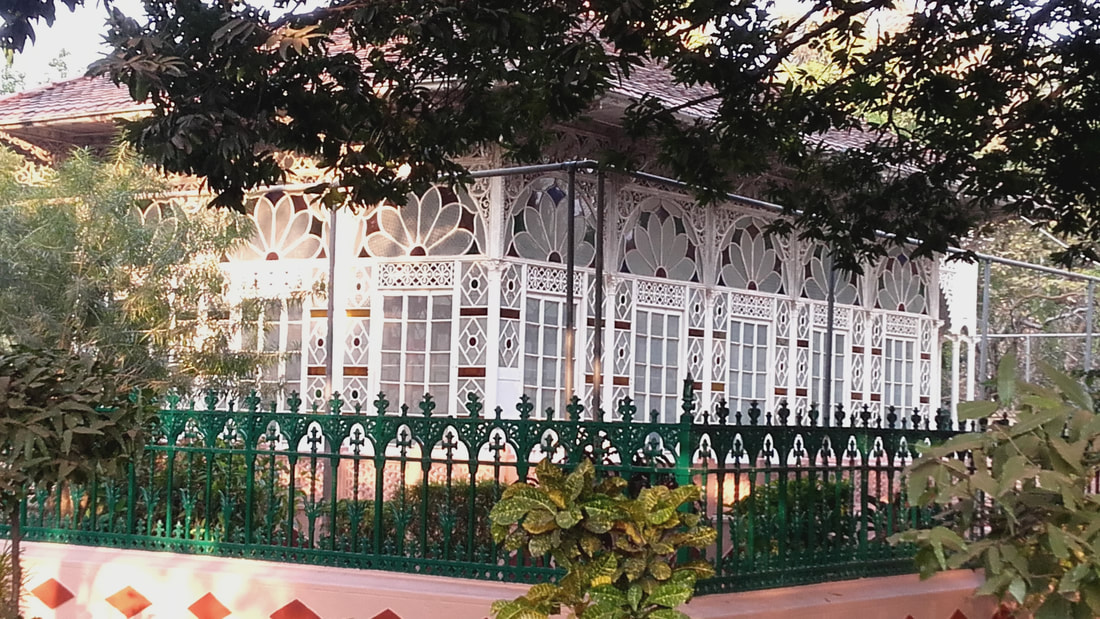

 RSS Feed
RSS Feed

